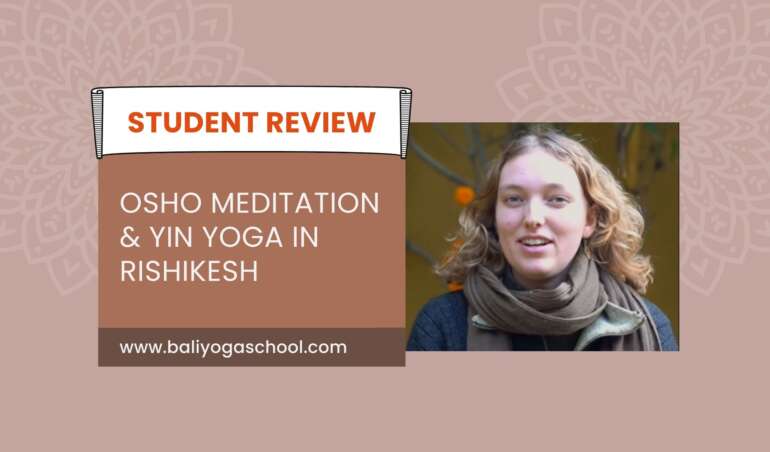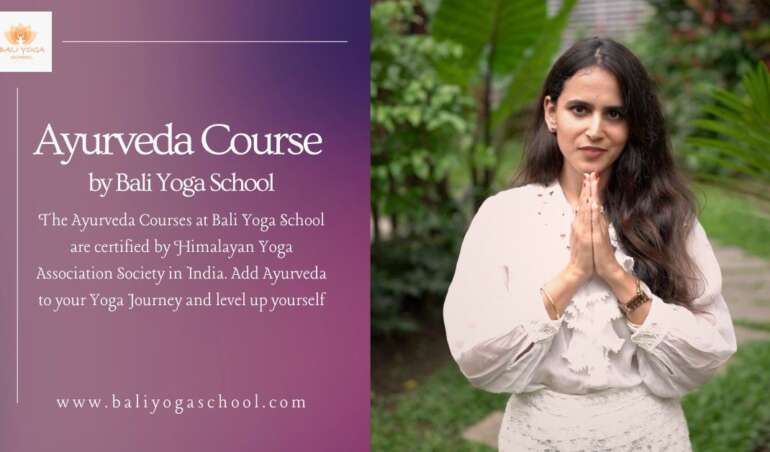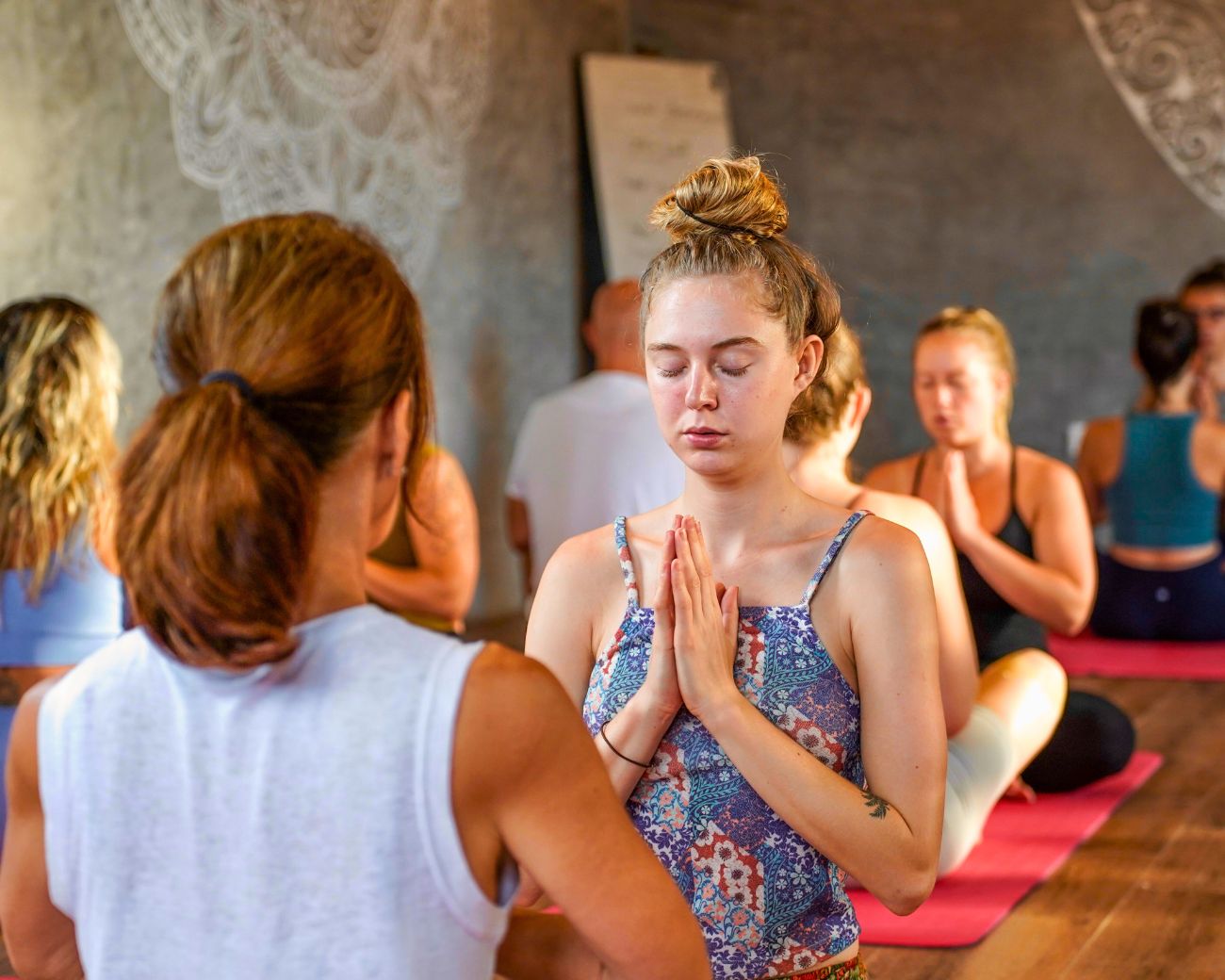
How Balinese Culture and Yoga Enhance Your Practice
The island of Bali offers more than just stunning landscapes and pristine beaches—it provides a unique cultural backdrop that can profoundly transform your yoga journey. When you practice yoga in Bali, you're not just moving through asanas on a mat; you're immersing yourself in centuries of spiritual wisdom, artistic expression, and harmonious living that naturally complement and deepen your practice. The integration of Balinese cultural elements creates a yoga experience that nurtures both body and spirit in ways that simply cannot be replicated elsewhere.
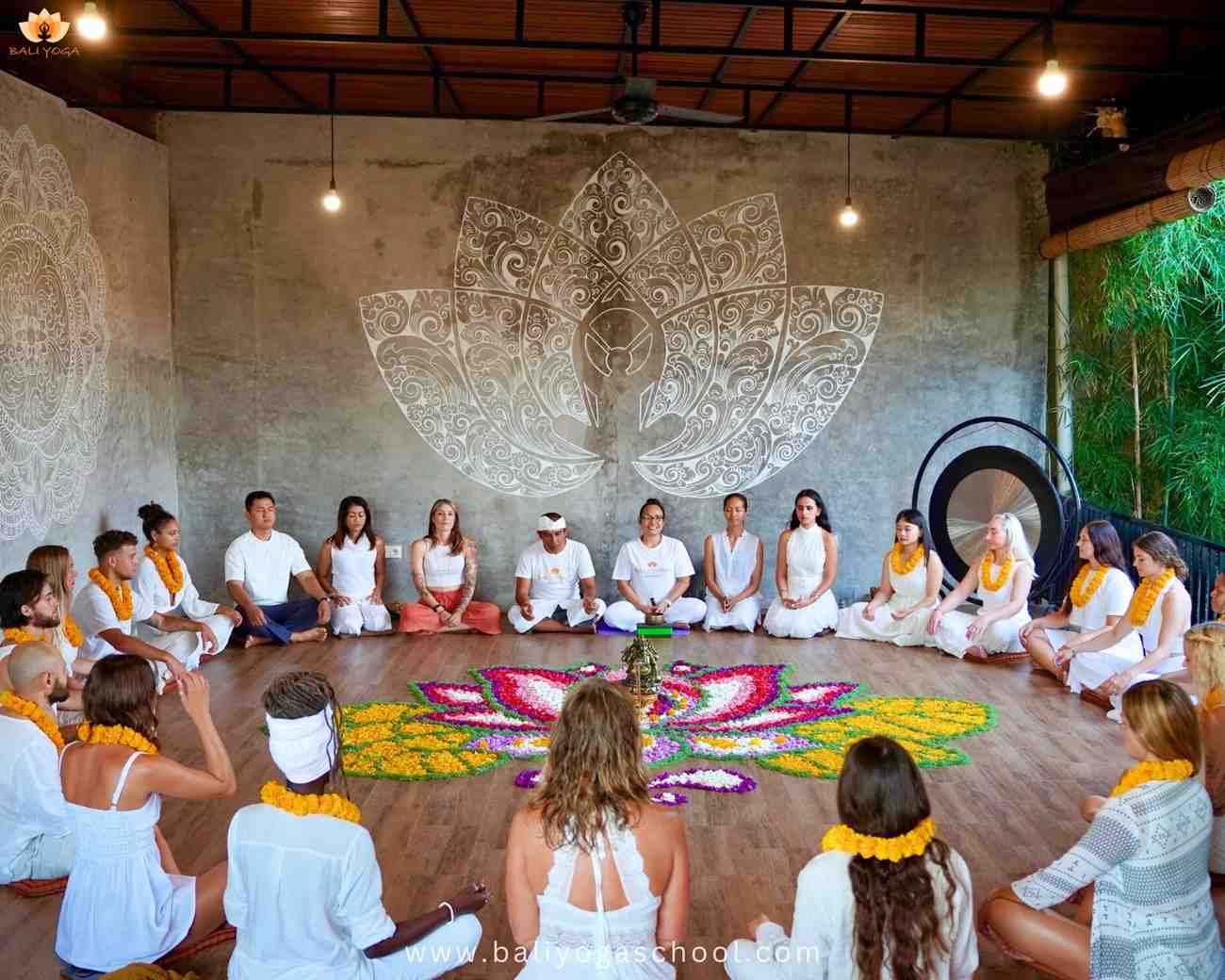
Tri Hita Karana: The Philosophy of Harmony
At the heart of Balinese culture lies the profound philosophy of Tri Hita Karana, which translates to "three causes of well-being." This ancient wisdom guides the Balinese people in maintaining harmony between humans, nature, and the divine—a balance that resonates deeply with the holistic aims of yoga practice.

The three elements of Tri Hita Karana include:
- Harmony with God (Parahyangan) - Cultivating a spiritual connection through daily offerings and rituals
- Harmony with Nature (Palemahan) - Living in balance with the natural world
- Harmony with Community (Pawongan) - Fostering positive relationships with others
This philosophy naturally enhances yoga practice by reinforcing the connection between mind, body, and spirit. When you practice yoga with an awareness of Tri Hita Karana, each pose becomes more than physical exercise—it becomes a way to honor these three essential relationships.
How Tri Hita Karana Enhances Your Yoga Practice
At Bali Yoga School, students learn to incorporate this philosophy into their daily practice. Morning sessions often begin with a moment of gratitude that acknowledges these three relationships, setting an intention that extends beyond the mat.
"Learning about Tri Hita Karana transformed my understanding of yoga. Now when I practice, I'm not just moving through poses—I'm cultivating harmony with everything around me. It's made my practice so much deeper."
By embracing this Balinese philosophy, practitioners develop a more mindful approach to yoga that extends into everyday life, creating a sense of purpose and connection that enriches both on and off the mat experiences.
Canang Sari: Daily Offerings and Mindfulness
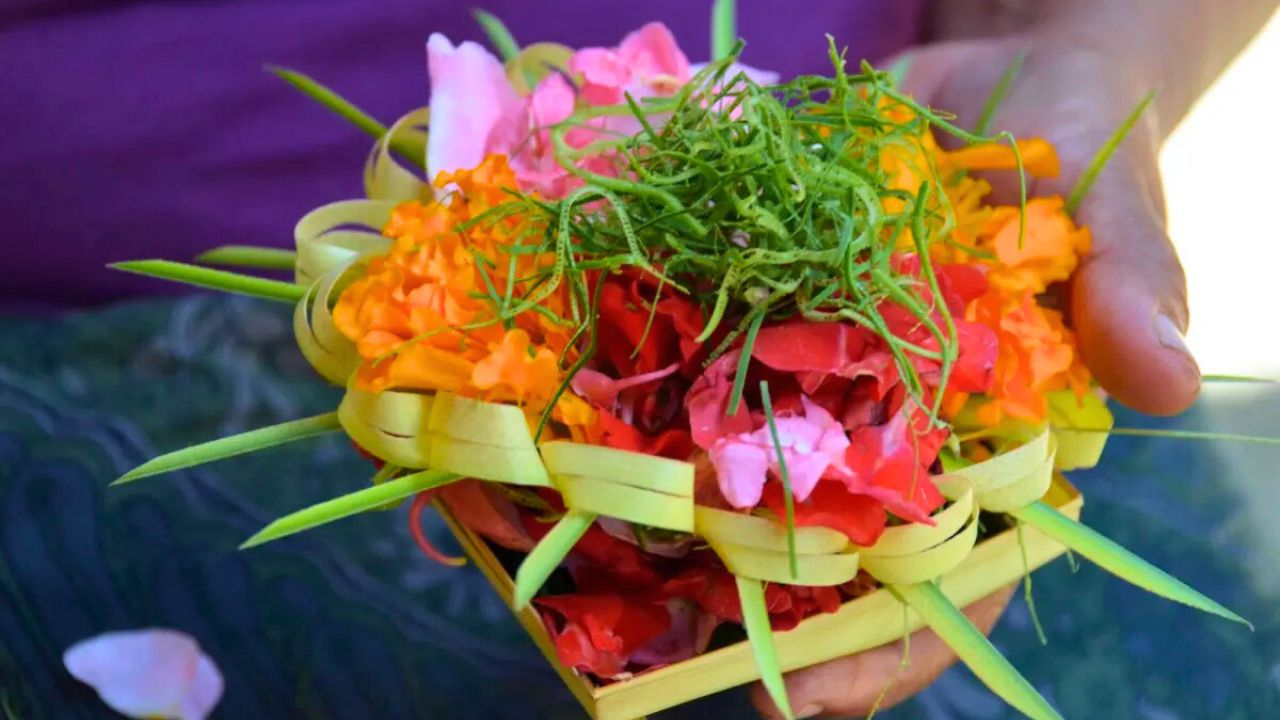
One of the most visible aspects of Balinese culture is the practice of canang sari—small, handmade offerings that the Balinese place throughout their homes, businesses, and sacred spaces daily. These intricate offerings, made from palm leaves and filled with flowers, rice, and incense, represent gratitude and devotion to the divine.
The creation and placement of these offerings is a form of Bhakti yoga—the yoga of devotion—that the Balinese practice naturally as part of their daily routine. This ritual embodies mindfulness, intention, and presence—qualities that are essential to a meaningful yoga practice.
Incorporating Offering Rituals into Yoga
Bali Yoga School has developed a unique approach to integrating the practice of offerings into their yoga curriculum. Students learn to create their own simple canang sari and understand the symbolism behind each element:
- Red flowers - Represent devotion to Brahma
- White flowers - Honor Iswara
- Yellow flowers - Dedicated to Vishnu
- Blue or purple flowers - Offered to Shiva
The practice of creating these offerings cultivates several qualities that enhance yoga practice:
- Mindfulness - The detailed work requires complete presence
- Gratitude - Each offering is an expression of thanks
- Devotion - The ritual connects practitioners to something greater than themselves
- Discipline - The daily nature of the practice builds consistency
"Creating my own canang sari before practice has completely changed my relationship with yoga. The ritual helps me transition from my busy mind to a place of presence and gratitude. It's become as important as the asanas themselves."
Temple Ceremonies: Community and Spiritual Connection
Bali is home to thousands of temples, each with its own ceremonies and celebrations that mark important dates in the Balinese calendar. These ceremonies, with their rhythmic movements, meditative chants, and collective energy, share many parallels with yoga practice.
Temple ceremonies in Bali offer profound lessons in community connection, devotion, and the sacred nature of movement—all elements that can deeply enrich a yoga practice. The ceremonial dances, with their precise mudras (hand gestures) and controlled breathing, mirror many aspects of traditional yoga sequences.
Learning from Ceremonial Traditions
Bali Yoga School incorporates temple visits and ceremony observations into their teacher training programs, allowing students to witness firsthand how movement, breath, and intention come together in Balinese spiritual practice.
Key ceremonial elements that enhance yoga practice include:
- Mudras - Sacred hand gestures that direct energy
- Mantras - Sacred sounds and chants that focus the mind
- Ritual purification - Cleansing practices that prepare the body and mind
- Community participation - Shared experience that connects individuals
"Participating in a temple ceremony changed my understanding of what yoga truly is. I realized that the Balinese have been practicing a form of moving meditation for centuries. Now I approach my practice with the same reverence I witnessed in the temple."
Students at Bali Yoga School have the opportunity to participate in purification ceremonies at sacred water temples like Tirta Empul, where the ritual cleansing of body and spirit provides a powerful complement to their yoga practice.
Gamelan Music: Rhythm and Presence
The hypnotic sounds of gamelan—Bali's traditional ensemble music—create a unique auditory landscape that can profoundly enhance yoga practice. Unlike Western music with its linear progression, gamelan music features cyclical patterns, sudden tempo changes, and a distinctive resonance that naturally draws practitioners into the present moment.
The Meditative Quality of Gamelan
Gamelan music shares several qualities with effective yoga practice:
- Cyclical patterns - Like breath in yoga, gamelan follows rhythmic cycles
- Collective harmony - Multiple instruments create a unified whole
- Present-moment awareness - Complex rhythms require complete attention
- Resonant vibration - The metallic tones create physical vibrations that can be felt in the body
Bali Yoga School offers special yoga and gamelan sessions where traditional musicians play during practice, creating a uniquely Balinese yoga experience that deepens students' connection to both the practice and the culture.
"Practicing yoga to live gamelan music was a transcendent experience. The rhythms seemed to sync perfectly with my breath, and the resonant tones helped me feel more present in each pose. It's completely different from practicing to recorded music."
Traditional Balinese Healing Practices
Balinese healing traditions date back centuries and share many philosophical foundations with yoga. Both systems recognize the importance of energy flow, the connection between mind and body, and the power of intention in healing.
Integrating Healing Wisdom with Yoga
Bali Yoga School incorporates elements of traditional Balinese healing into their curriculum, teaching students how these ancient practices can complement and enhance modern yoga:
- Jamu - Herbal medicine that supports physical wellbeing
- Energy work - Techniques for balancing the body's subtle energies
- Balinese massage - Therapeutic touch that complements yoga practice
- Healing rituals - Ceremonies that address spiritual and emotional wellbeing
Students learn to incorporate these healing traditions into their personal practice and teaching, creating a more holistic approach to yoga that honors the body's natural healing abilities.
"Learning about Balinese healing traditions gave me new tools for addressing imbalances in my body. I now incorporate simple jamu recipes and self-massage techniques into my daily routine, and I've noticed a significant improvement in my energy levels and recovery after practice."
Practical Tips for Cultural Integration
You don't need to be in Bali to benefit from the island's cultural wisdom. Here are practical ways to incorporate Balinese cultural elements into your yoga practice wherever you are:
- Create a sacred space - Designate an area for practice and adorn it with meaningful objects that remind you of the three harmonious relationships (Tri Hita Karana)
- Begin with an offering - Start your practice by offering gratitude. This could be as simple as placing a flower or lighting incense with mindful intention
- Practice to gamelan music - Many streaming platforms offer authentic gamelan recordings that can transform your practice environment
- Incorporate mudras - Learn simple Balinese hand positions that can be integrated into your yoga sequences
- Community practice - Organize group sessions that celebrate the communal aspect of both yoga and Balinese culture
Cultural Respect Tip: When incorporating elements from Balinese culture, approach them with respect and a genuine desire to understand their significance. Avoid treating cultural practices as mere decorative elements or trends.
Bali Yoga School: Where Culture Meets Practice
Bali Yoga School has pioneered the integration of authentic Balinese cultural elements into comprehensive yoga education. Their unique approach goes beyond teaching asanas to embrace the rich cultural context that makes practicing yoga in Bali so transformative.
Culturally Immersive Programs
The school offers several programs that showcase this cultural integration:
A comprehensive program that weaves Balinese cultural wisdom throughout the traditional yoga curriculum. Includes temple visits, offering-making workshops, and lessons with local cultural experts.
A 7-day immersion combining daily yoga practice with cultural workshops in traditional dance, music, and art. Perfect for those seeking a deeper understanding of how Balinese arts enhance yoga practice.
A specialized program focusing on traditional Balinese healing methods and their integration with yoga therapy. Learn from both yoga instructors and traditional Balinese healers.
"What sets Bali Yoga School apart is their genuine commitment to cultural integration. They don't just teach yoga in Bali—they teach yoga that's been transformed by Bali. The cultural elements weren't tourist attractions; they were essential parts of our development as practitioners and teachers."
Experience the Transformation
The integration of Balinese cultural elements into yoga practice offers a pathway to a deeper, more connected experience both on and off the mat. From the philosophical framework of Tri Hita Karana to the mindful practice of daily offerings, from the communal energy of temple ceremonies to the healing traditions that have been preserved for generations—Balinese culture provides rich soil for yoga practice to flourish in new and meaningful ways.
Whether you're a beginner looking to start your yoga journey or an experienced practitioner seeking to deepen your practice, the wisdom of Balinese culture offers valuable insights that can transform your relationship with yoga.





